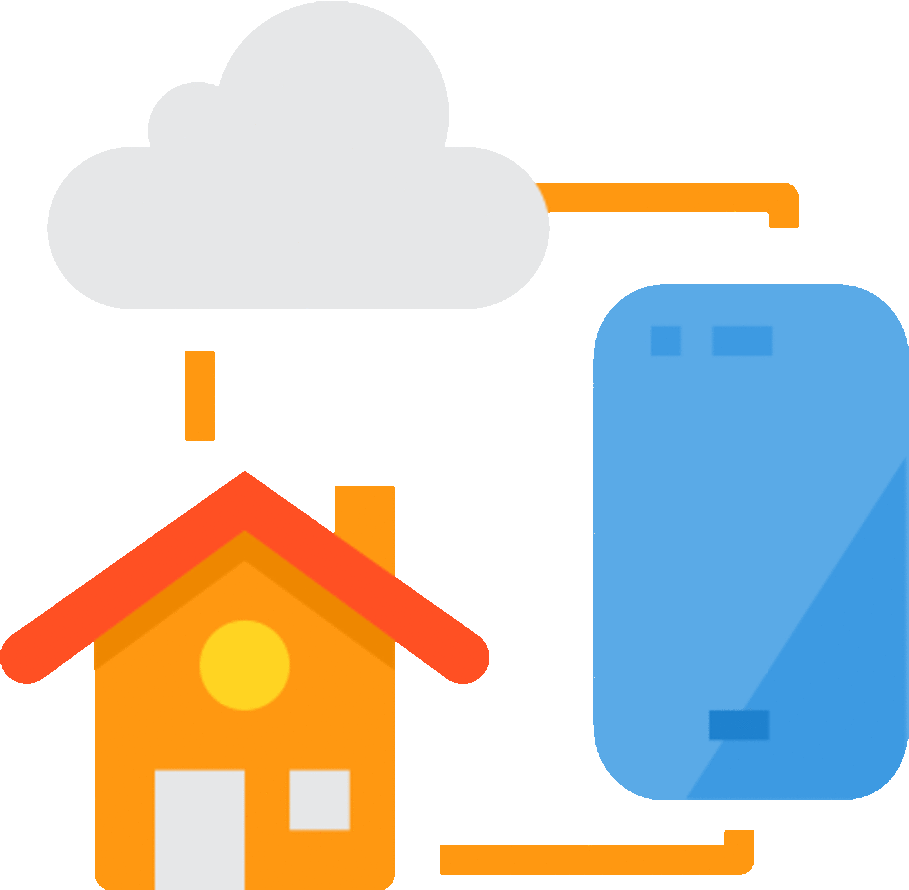Remote heart assessment
Scientists and clinicians from Glasgow and Lancaster are working on new ways of monitoring people’s health – and are looking for your help.
The first step in managing any health condition is to detect it. If we can detect a problem early, then it should be easier to fix it.
A lot of modern healthcare is focused on medical conditions, assessments, and diagnoses. However, the methods we use to monitor health have not changed much in the last 100 years. Professionals, usually doctors, often take one-off measurements. They then try to interpret the result. Examples include having your pulse checked for an abnormal heartbeat or measuring your blood pressure. We believe we can do better.
Stephen Hales performed the first measurement of blood pressure in the 1700s. The techniques for assessing health and disease have improved a lot since these early experiments, but we are still reliant on one-off, invasive measures that require a healthcare professional.
In an ideal world, assessment of health would not depend on visits to the doctor or nurse. Measures of how well our bodies are working would happen in the background, without interfering with daily life. Rather than one-off assessments, measurements could be continuous: 24 hours a day, seven days a week. This way, any change would be immediately detected.
Traditionally, we measure things that are indirect markers of health. For example, when doctors feel for a pulse, what they are really interested in is the strength and rhythm of the heart. They check the pulse because it is easy to do. But what if we could directly assess the function of the heart?
With new technologies, these things become possible.
In The University of Glasgow, we are developing new systems to monitor health. A technology that we are particularly excited about, is able to measure how well the heart is working. This technology does not need a stethoscope or blood pressure cuff. Instead, the system shines a laser on a person’s neck and looks at how the movements of blood vessels interfere with the laser beam. From this, we can work out the strength and rhythm of the heartbeat. When tested with healthy volunteers, the system performed better than traditional tools (such as a stethoscope).
The image below gives an illustration of a new method for measuring the heartbeat. Using lasers, we can continuously assess the heart and detect small changes that may otherwise be missed.

These new technologies could transform healthcare. But there are still lots of questions that need to be answered before they could be used in the NHS. So far, we have tried the new technologies with healthy volunteers. We need to see how the technologies work when used with people who are living with health problems. Continuous monitoring raises important questions around privacy and sharing of health information. We want to explore the opinions of people who may benefit from, or make use of, these technologies. We also want to know whether this is something people actually want.
This is where we need your help. We are looking for people to join us and give opinions on the new technologies that we are developing. There are many ways you could get involved. For example, you could join a group to discuss the pros and cons of the technology. You could also take part in an interview with the research team. You could even try out the technology yourself. All input would be hugely helpful for the team, and we can reimburse for your time and any expenses.

